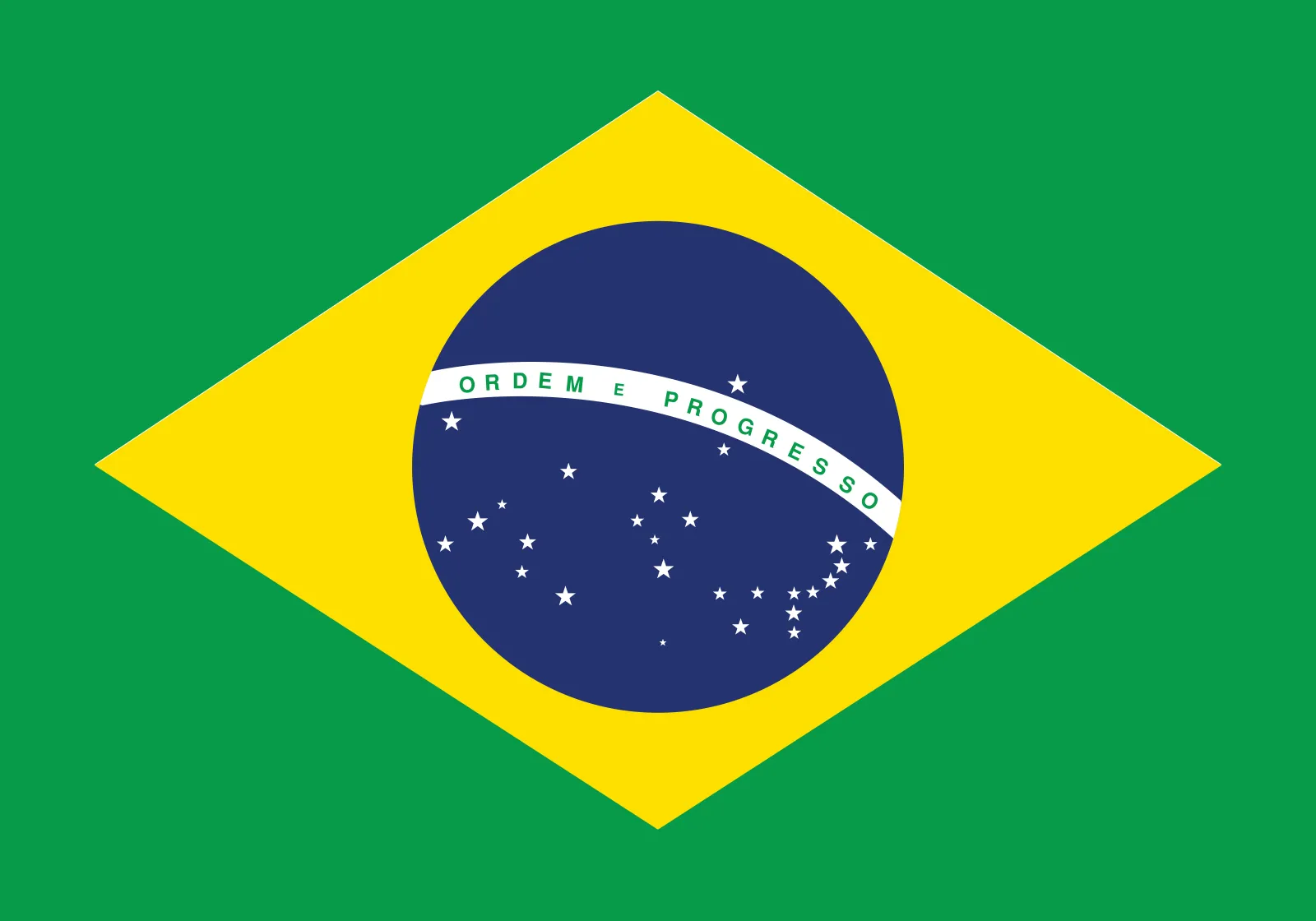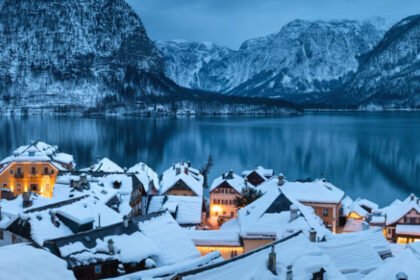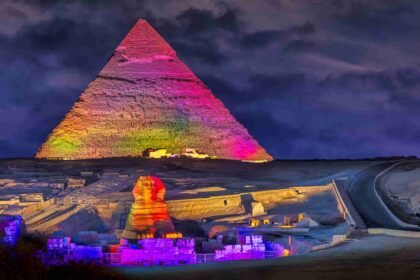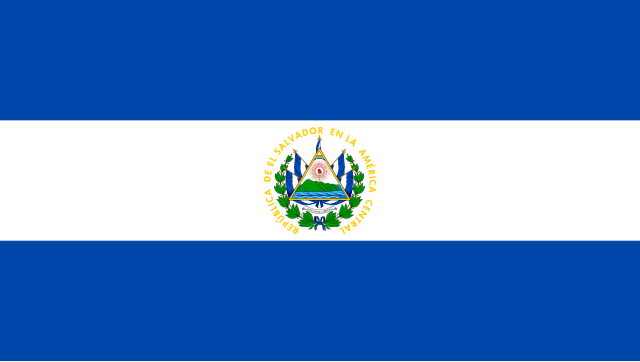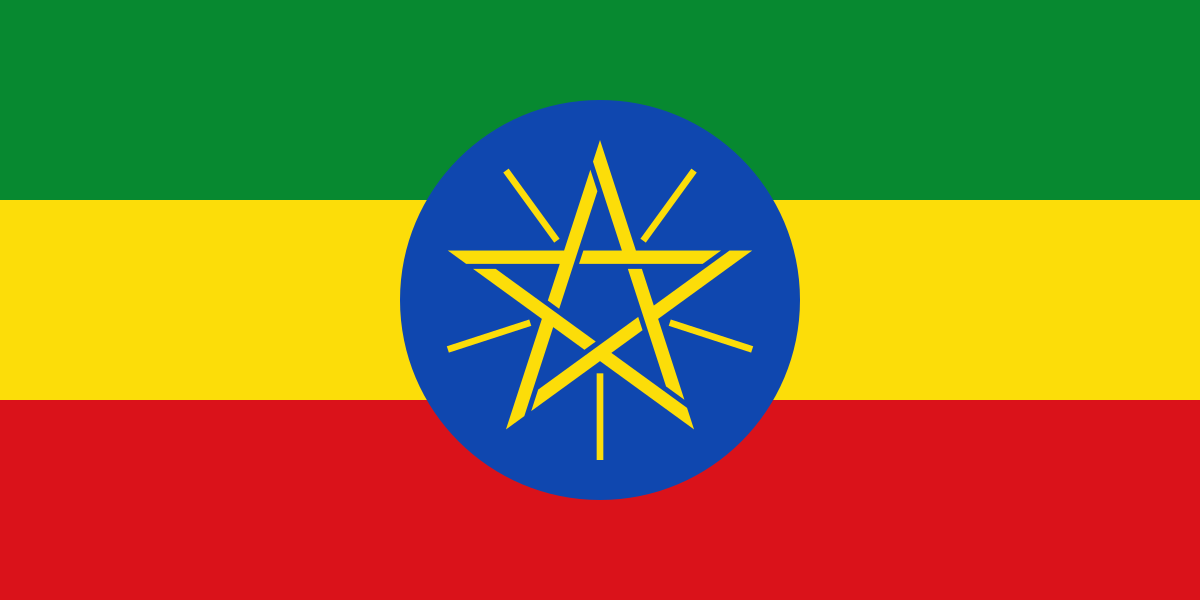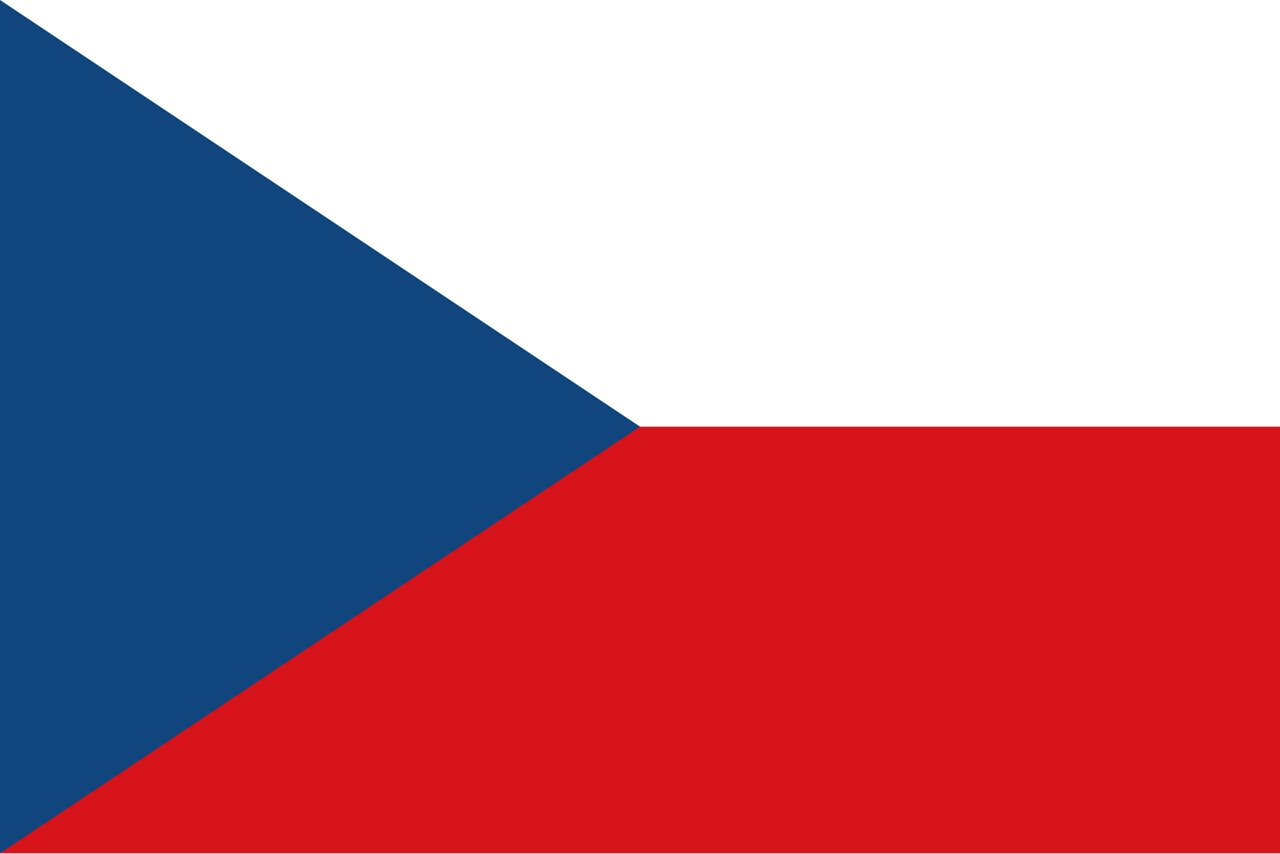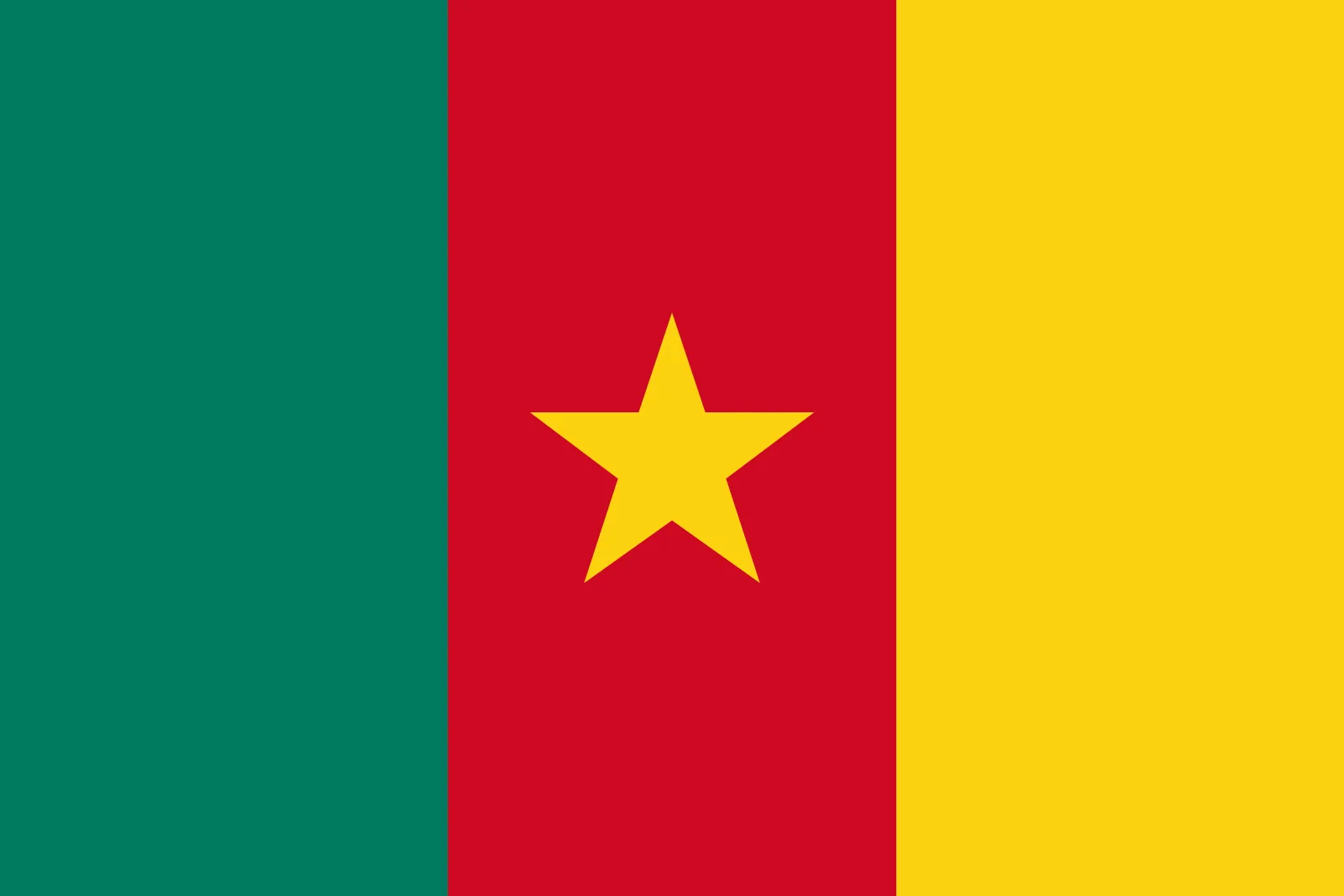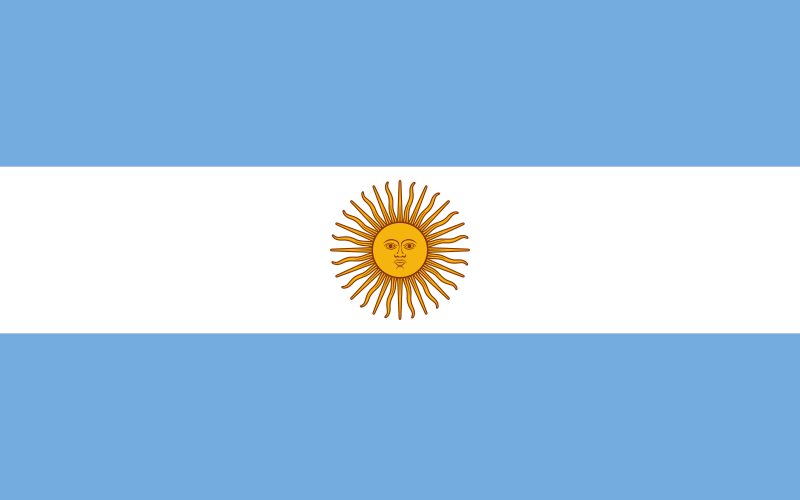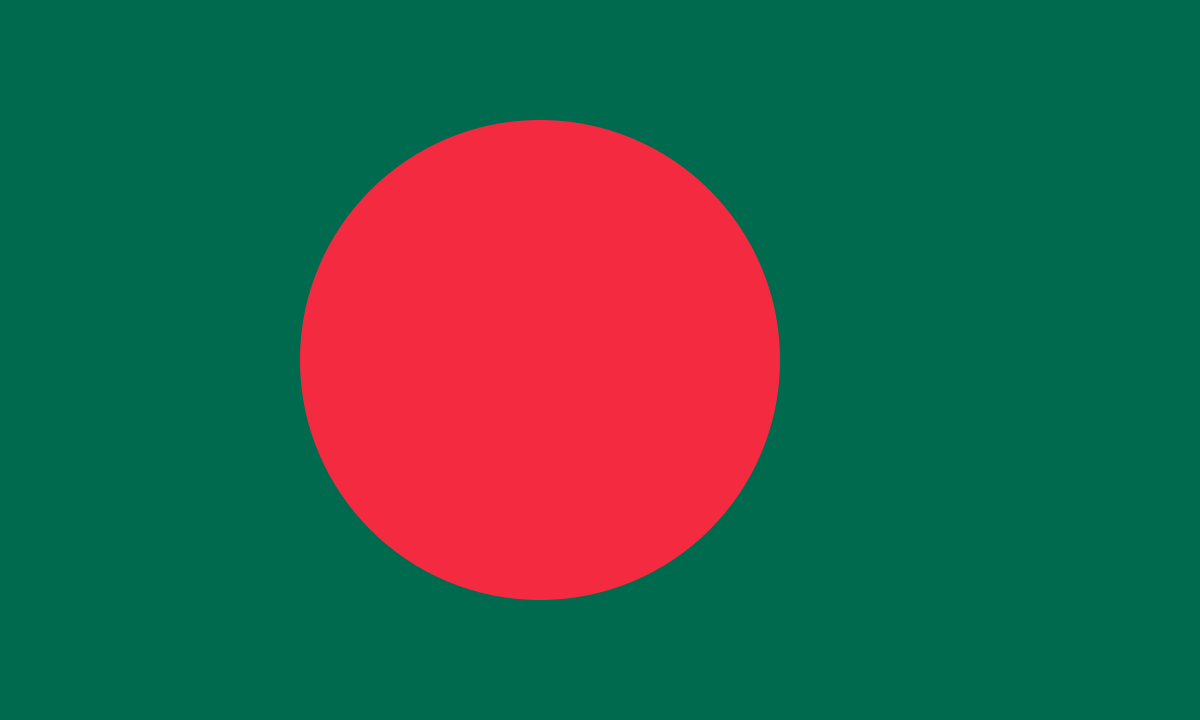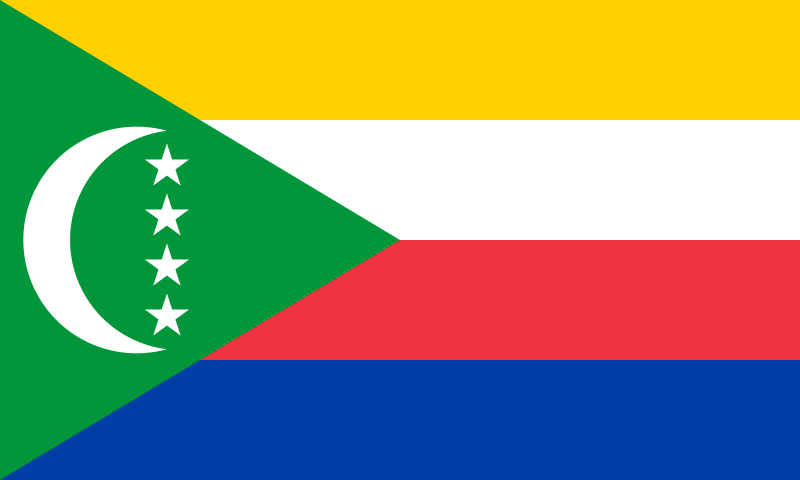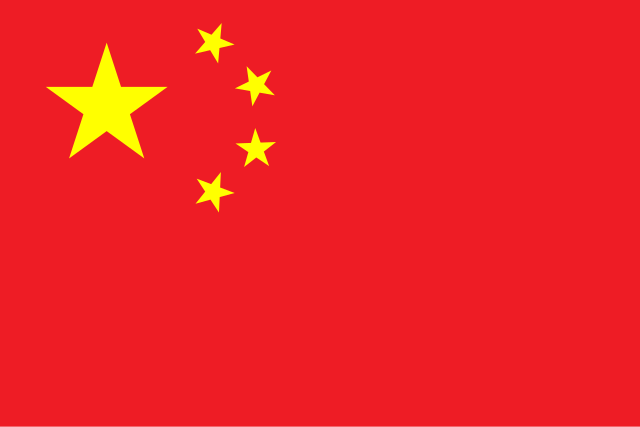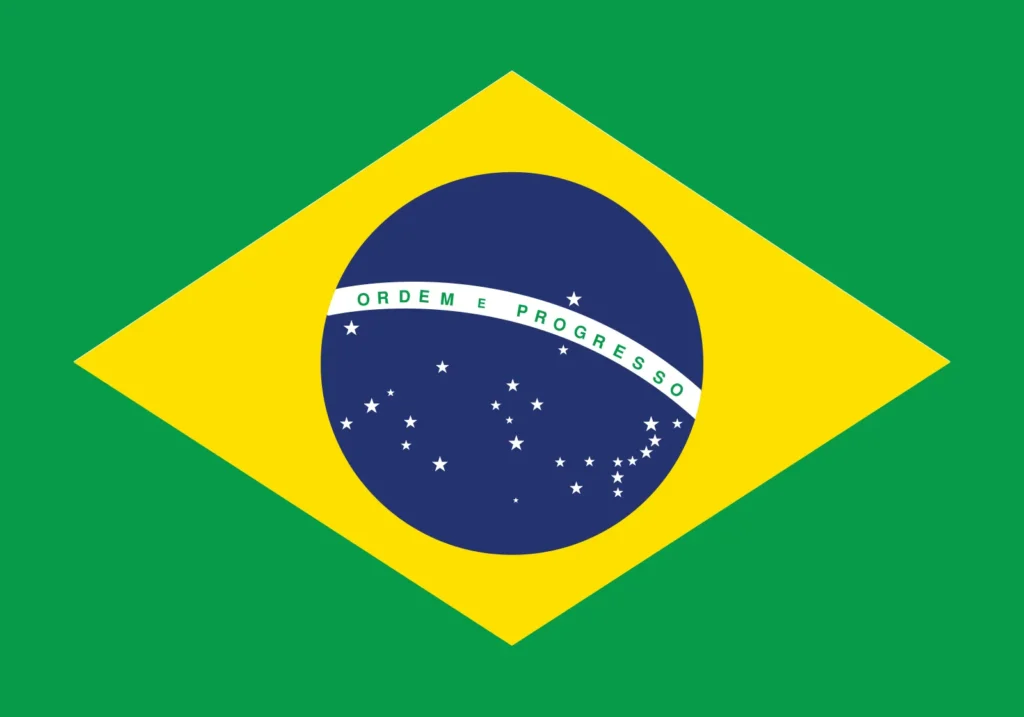
Brazil, the largest country in South America, is a land of immense diversity, both in its landscapes and its people. Known for its vibrant culture, stunning natural wonders, and rich history, Brazil offers an unparalleled experience for travelers. From the bustling streets of Rio de Janeiro to the serene Amazon rainforest, this vast country is a mosaic of contrasts and adventures. This article provides a detailed guide to Brazil, including its history, culture, best times to visit, top destinations, and practical travel tips.
1. A Journey Through Brazil’s History
Brazil’s history is as diverse as its landscapes, shaped by indigenous cultures, colonial conquests, and waves of immigration.
- Pre-Colonial Era: Before the arrival of Europeans, Brazil was inhabited by various indigenous tribes, each with its own distinct culture and way of life. These tribes lived off the land, practicing agriculture, fishing, and hunting.
- Portuguese Colonization: Brazil was claimed for Portugal by Pedro Álvares Cabral in 1500. The Portuguese established sugarcane plantations, leading to the importation of African slaves, who had a profound impact on Brazilian culture. Over time, Brazil became a major producer of sugar, gold, and coffee, driving economic growth but also leading to social inequalities.
- Independence and Empire: Brazil declared independence from Portugal in 1822, becoming the Empire of Brazil under Emperor Pedro I. The country remained a monarchy until 1889, when it became a republic following a military coup.
- 20th Century and Beyond: Brazil experienced periods of political instability, military rule, and economic challenges throughout the 20th century. However, the latter part of the century saw Brazil emerge as a regional power, with significant cultural and economic influence. Today, Brazil is known for its dynamic economy, rich cultural scene, and natural beauty.
2. Brazil’s Rich Cultural Heritage
Brazil’s culture is a vibrant mix of indigenous, African, and European influences, creating a unique and colorful national identity.
- Language: Portuguese is the official language of Brazil, making it the only Portuguese-speaking country in South America. The language reflects the country’s colonial past, but it has evolved with local dialects and expressions. In major cities, English is often spoken in tourist areas, but learning a few basic Portuguese phrases can enhance your travel experience.
- Music and Dance: Brazil is synonymous with music and dance, particularly samba, bossa nova, and forró. Samba, in particular, is a symbol of Brazilian culture, with its roots in African rhythms brought over by enslaved Africans. The annual Carnival in Rio de Janeiro showcases this cultural heritage, with parades, music, and dance filling the streets.
- Cuisine: Brazilian cuisine is a reflection of its diverse cultural influences. Staples include feijoada (a hearty black bean stew with pork), pão de queijo (cheese bread), and brigadeiro (chocolate truffles). Each region has its own specialties, such as acarajé (deep-fried black-eyed pea balls) in Bahia and churrasco (barbecue) in the southern states.
- Festivals and Celebrations: Brazil is famous for its festivals, with Carnival being the most iconic. This massive celebration features parades, music, and dancing, attracting millions of visitors each year. Other notable festivals include Festa Junina (a celebration of rural life and traditional foods) and Réveillon (New Year’s Eve), which is celebrated with fireworks and beach parties.
3. Currency and Financial Information
The official currency of Brazil is the Brazilian Real (BRL). ATMs are widely available in cities and towns, and credit cards are commonly accepted in hotels, restaurants, and shops. It’s advisable to carry some cash for small purchases, especially in rural areas or markets. Tipping is not mandatory but is appreciated for good service, typically around 10% in restaurants.
4. Best Times to Visit: Seasons and Climate
Brazil is a year-round destination, but the best time to visit depends on the region and your interests.
- Summer (December to March): This is the peak tourist season, especially in coastal cities like Rio de Janeiro and Salvador. The weather is hot and humid, perfect for beach activities and outdoor festivals. Carnival takes place in February or March, drawing huge crowds.
- Autumn (April to June): Autumn offers milder temperatures and fewer tourists. This is an excellent time to visit the Pantanal for wildlife viewing or explore the cities without the summer crowds.
- Winter (July to September): Winter in Brazil is mild, especially in the north, but southern regions can get cooler. This is the best time to visit the Amazon rainforest, as the weather is drier and wildlife is more visible.
- Spring (October to November): Spring is another great time to visit, with pleasant temperatures and blooming flowers. It’s a good season for exploring the interior regions, like the Chapada Diamantina or the Iguaçu Falls.
5. Top 10 Destinations in Brazil
Brazil is a vast country with a wealth of natural and cultural attractions. Here are the top 10 destinations that should be on every traveler’s list:
1. Rio de Janeiro
Rio de Janeiro, known as the “Marvelous City,” is famous for its stunning beaches, vibrant culture, and iconic landmarks. Visitors can explore the Christ the Redeemer statue, take a cable car up Sugarloaf Mountain, and relax on the famous Copacabana and Ipanema beaches. The city’s Carnival celebration is one of the most famous in the world.
2. São Paulo
São Paulo is Brazil’s largest city and a major cultural and economic hub. The city is known for its diverse culinary scene, world-class museums like the São Paulo Museum of Art (MASP), and vibrant neighborhoods such as Vila Madalena and Liberdade. São Paulo’s nightlife and shopping are also top-notch.
3. Iguaçu Falls
Located on the border between Brazil and Argentina, Iguaçu Falls is one of the most spectacular natural wonders in the world. The falls are part of the Iguaçu National Park, a UNESCO World Heritage Site, where visitors can take boat rides close to the cascading waters and explore the surrounding rainforest.
4. Salvador
Salvador, the capital of Bahia, is known for its Afro-Brazilian culture, colonial architecture, and lively music scene. The city’s historic center, Pelourinho, is a UNESCO World Heritage Site, filled with colorful buildings and cobblestone streets. Salvador is also famous for its beaches and the Festa de Yemanjá festival.
5. Amazon Rainforest
The Amazon Rainforest is the largest tropical rainforest in the world, offering an unparalleled adventure for nature lovers. The city of Manaus serves as a gateway to the Amazon, where visitors can take river cruises, hike through the jungle, and spot diverse wildlife, including jaguars, sloths, and pink river dolphins.
6. Brasília
Brasília, the capital of Brazil, is a modernist city designed by architect Oscar Niemeyer. The city’s unique design and architecture have earned it a place on the UNESCO World Heritage list. Key attractions include the National Congress, the Cathedral of Brasília, and the Planalto Palace.
7. Florianópolis
Florianópolis, an island city in southern Brazil, is known for its beautiful beaches, surf culture, and relaxed atmosphere. The island offers a mix of bustling urban areas and tranquil coastal villages, with highlights including Joaquina Beach, Lagoa da Conceição, and the historic Santo Antônio de Lisboa district.
8. Pantanal
The Pantanal is the world’s largest tropical wetland and a paradise for wildlife enthusiasts. Located mainly in the state of Mato Grosso do Sul, the Pantanal offers opportunities for spotting jaguars, caimans, capybaras, and hundreds of bird species. The best time to visit is during the dry season (May to September) when animals congregate around water sources.
9. Recife and Olinda
Recife, known as the “Venice of Brazil,” is famous for its historic old town, vibrant arts scene, and beautiful beaches. Nearby Olinda is a UNESCO World Heritage Site, known for its well-preserved colonial architecture and lively Carnival celebrations. Together, these cities offer a rich cultural experience.
10. Chapada Diamantina
Located in the state of Bahia, Chapada Diamantina is a stunning national park known for its dramatic landscapes, including mountains, waterfalls, caves, and canyons. Popular activities include hiking, swimming in natural pools, and exploring the vast cave systems like Gruta da Torrinha.
6. Things to Do in Brazil
- Experience Carnival: Brazil’s Carnival is one of the world’s most famous festivals, featuring parades, music, and dance. The Rio Carnival is the largest and most popular, but other cities like Salvador and Recife also host incredible celebrations.
- Explore the Amazon: A visit to the Amazon Rainforest is a must for nature lovers. From river cruises to jungle treks, the Amazon offers a unique opportunity to experience one of the world’s most biodiverse ecosystems.
- Enjoy the Beaches: Brazil is home to some of the world’s most beautiful beaches. Whether you’re looking for the vibrant atmosphere of Copacabana or the secluded beauty of Fernando de Noronha, Brazil’s coastline has something for everyone.
- Take a Samba Class: Samba is at the heart of Brazilian culture, and taking a samba class is a fun way to immerse yourself in the local culture. Many dance schools in Rio de Janeiro offer classes for visitors.
- Visit a Favela: Guided tours of Rio’s favelas provide insight into the daily lives of residents and the challenges they face. These tours, led by local guides, offer a more nuanced understanding of Brazilian society.
7. Practical Tips for Travelers
- Visas: Depending on your nationality, you may need a visa to enter Brazil. Many countries, including the United States, Canada, and the European Union, have visa-free entry for short stays. It’s essential to check the requirements before traveling.
- Safety: While Brazil is generally safe for tourists, it’s important to stay vigilant, especially in large cities. Avoid displaying valuables, be cautious in crowded areas, and use reputable taxi services or rideshare apps.
- Health: Vaccinations for yellow fever are recommended for travelers visiting certain areas, particularly the Amazon region. It’s also advisable to drink bottled water and take precautions against mosquito bites.
- Transportation: Brazil is a large country, so domestic flights are often the most efficient way to travel between cities. In urban areas, taxis and rideshare apps like Uber are widely used. Public transportation, including buses and metros, is available in major cities.
- Accommodation: Brazil offers a wide range of accommodations, from luxury hotels and boutique guesthouses to budget hostels and eco-lodges. It’s advisable to book in advance, especially during peak tourist seasons like Carnival and New Year’s.
8. Brazilian Lifestyle: A Fusion of Passion and Relaxation
Brazilians are known for their warm hospitality, love of life, and laid-back attitude. The Brazilian lifestyle is a mix of passion, particularly for football and music, and relaxation, with a strong emphasis on spending time with family and friends. Whether it’s enjoying a long meal together or dancing the night away at a samba club, Brazilians know how to live life to the fullest.
9. Final Thoughts: Why Brazil Should Be on Your Travel List
Brazil is a country of superlatives, from the vast Amazon rainforest and the world-famous Carnival to the vibrant cities and pristine beaches. Its diverse culture, rich history, and natural beauty make it a top destination for travelers seeking adventure, relaxation, and cultural immersion. Whether you’re exploring the bustling streets of Rio, delving into the mysteries of the Amazon, or simply soaking up the sun on a beach, Brazil offers an unforgettable travel experience.

